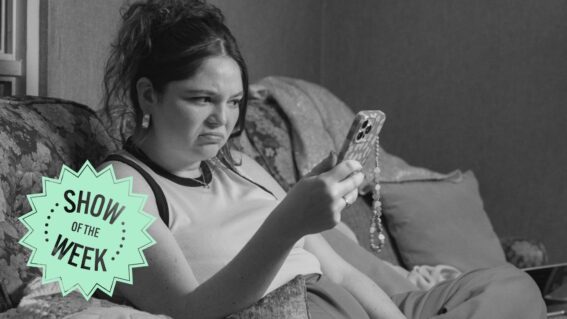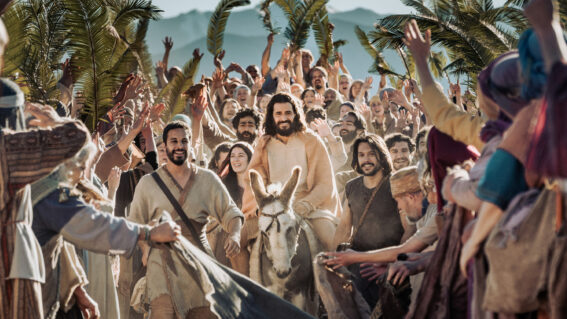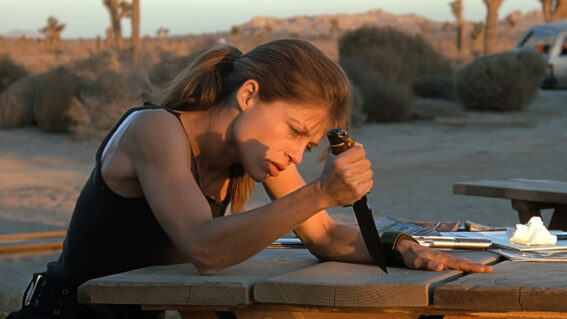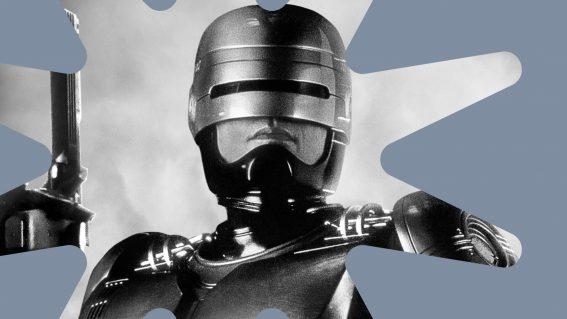When R-rated directors make kids films, it’s often a good thing
The choice is not as odd as it may seem.

Eli Roth, infamous director of 2005 torture-porn thriller Hostel, follows up this year’s revenge fantasy Death Wish, “erotic” “thriller” Knock Knock and 2013’s cannibal horror The Green Inferno with colourful family-friendly delight The House With A Clock In Its Walls. That shift from gory glory to all-ages cinema could make an uninformed parent faint onto their keyboard, but such a jump isn’t unheard of. Sometimes, it leads to great success for the whole family.
Robert Rodriguez instantly comes to mind. He garnered a reputation for on-screen violence with the El Mariachi series and the suddenly-there-are-vampires horror comedy From Dusk Till Dawn. Afterwards, in the short space of three years, he delivered the cherished Spy Kids trilogy.
Yes, there’s a fourth one and no, it wasn’t fondly remembered. Neither was 2009’s Shorts or 2005’s Sharkboy and Lavagirl. But you’ve got to admire the man for jumping back into family-friendly filmmaking in between making Grindhouse and Sin City films.

It’s not like Rodriguez’s R-rated films are all that different from his G-rated ones, either. His family films may be silly and cartoonish, but no more so than a trilogy named Machete (2010), Machete Kills (2013), and Machete Kills in Space (20XX). The only significant difference is the body count.
Mad Max messiah George Miller actually won an Oscar for 2006’s unbelievably great family animated dance comedy Happy Feet. Is it any surprise that a filmmaker with such a superb eye for cinematic choreography was also the puppetmaster behind the vehicular Cirque du Soleil that is Mad Max: Fury Road?
Before Happy Feet, Miller co-wrote another all-ages Oscar winner, Babe, and directed its more-than-worthy follow-up, Babe: Pig in the City. A shame he couldn’t make a decent sequel out of 2011’s Happy Feet Two, but c’est la vie.
George Miller’s name is pretty much synonymous with the brutal Mad Max series – it’s almost half his feature filmography. However, he’s a proven storyteller of different sensibilities, especially when you look at his 1992 drama Lorenzo’s Oil. Featuring Nick Nolte, Susan Sarandon, and an adorable little boy with an incurable brain disease, this thing was grown in a lab to get The Academy’s attention (it was nominated for two awards). After reeling in that Oscar bait, it didn’t seem like that much of a stretch for the Mad Max director to take command of family features.

If violence is used in a tasteful and memorable way, it’s often the mark of a great cinematic storyteller. Enter Martin Scorsese, the filmmaking master well-known for using graphic violence in the same way a poet uses commas. The likes of Taxi Driver and Goodfellas aren’t all-out splatter-fests. Rather, the brutality is used with precision to punctuate a scene.
More to the point: he’s a super duper good director. And super duper good directors are more than capable of making super duper family films.
After half a century of filmmaking, he did just that with 2012’s Hugo. It may not appear on the director’s Greatest Of All Time listicle, but it’s a lovingly atypical children story that turns the history of cinema into a magical world of its own – a product that seemingly could only come from a man who contributed so much of it himself.
While Scorsese only made one family-friendly feature, fellow cinema great Spielberg made heaps. It’s easy to forget that before he made kids’ eyes sparkle with his first family feature ET: The Extra-Terrestrial, he was more commonly known for spreading irrational fears of blood-thirsty sharks with Jaws and gracing the world with that shocking, face-melting finale from Raiders of the Lost Ark.

The violence stays with you, but it’s not what burrows into your soul. Spielberg knew how to get a broad audience excited, invested, and rooting for the good guys – whether they’re hunting a shark or helping out a humanoid pug from outer space. Those qualities defy age, and they also defy the need for violence.
Eli Roth’s a little different, though. He’s ONLY made violent exploitative features intended to spook, scare, and shock a mature audience, so it’s more tempting to be sceptical about his particular jump to family-friendly filmmaking.
However, it could be the opportunity he’s been waiting for. If the enemy of art is the absence of limitations, as Orson Welles once stated, then some PG restrictions could help Roth grow as an artist. With its Goosebumps-esque setup, The House With A Clock In Its Walls grants Roth the chance to shake off his gore-loving shackles and transfer those same spooks, scares, and shocks to delight and fright a younger audience.
Whether he can actually pull it off remains to be seen.
























